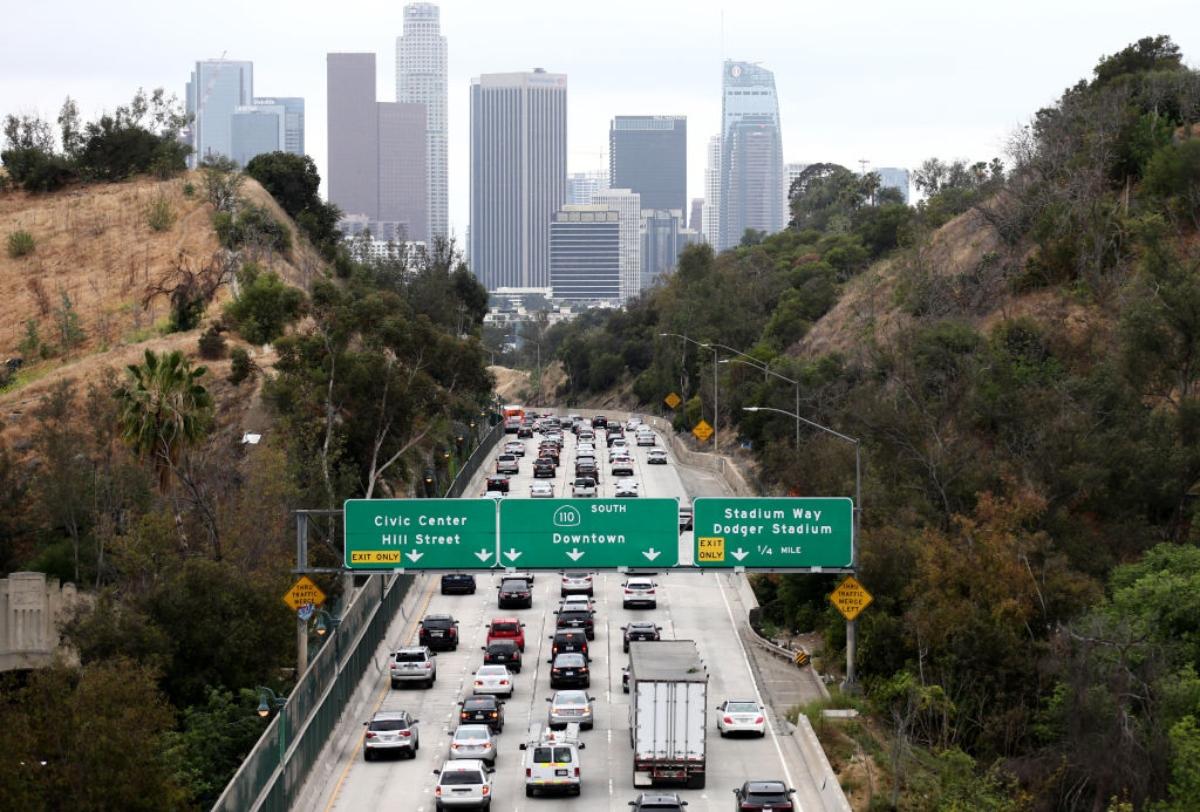What Joe Biden's Driving Tax Would Mean for Motorists
Joe Biden's infrastructure bill includes a pilot program for a vehicle mileage tax. Here's what that would mean for American motorists.
Sept. 29 2021, Published 12:58 p.m. ET

President Biden's infrastructure bill includes a vehicle mileage tax pilot program.
Within the massive infrastructure bill moving through Congress are 2,700 pages detailing the various programs President Biden hopes to put in place. Although the bipartisan $1 trillion package has passed the Senate, Speaker of the House Nancy Pelosi has “effectively decoupled the two bills” according to the New York Times.
The $1 trillion infrastructure bill that has received U.S. Senate approval includes a pilot program for a vehicle mileage tax. This program to test out the viability of a mileage tax will cost $125 million. If the bill passes, the vehicle mileage tax would still only be a pilot program. It wouldn't be implemented across the board yet.

How would a vehicle mileage tax work?
The vehicle mileage tax charges drivers a fee based on the number of miles they drive. These taxes might be charged on a quarterly or annual basis. Every driver in the country would pay fees depending on their miles traveled over a certain period.
The current infrastructure bill at stake provides $10 million annually from 2022 until 2026 to fund this pilot program for the vehicle mileage tax nationwide. In addition, the federal government will provide a total of $75 million to state, local, and regional transportation agencies during that time period, or $15 million per year.
A VMT (vehicle miles traveled) tax would be carried out by Transportation Secretary Pete Buttigieg. The program would rely on volunteers who are willing to use GPS and other mileage-tracking apps or devices to record their total miles throughout the pilot program.
According to an MSN report, every state, the District of Columbia, and Puerto Rico must have volunteers involved in the pilot program.
It isn't known yet whether variations might be made to the program, like different fees for commercial versus passenger vehicles, different fees based on vehicle weight, or different fees based on time of day or type of road. The pilot program could reveal which of these might improve the efficacy of the mileage tax.

Pros of a mileage tax
The purpose of the pilot tax program, according to the bill, is to test how well a road usage fee could work and to educate the public on “the need for user-based alternative revenue mechanisms for surface transportation programs,” according to Forbes.
Some positives that might come from a vehicle usage fee, supporters say, are:
Mileage tax could replace a gasoline tax and therefore shift the point where motorists are taxed
Both passenger and commercial vehicle drivers would pay the tax
Revenues raised could fund essential projects
It could reduce highway damage and congestion, according to a 2019 Congressional Budget Office report, according to MSN
Cons of a mileage tax
Certainly, there are critics of the vehicle mileage tax. Here are some of the negative aspects of this program:
It might cost rural, lower-income motorists more because they tend to drive more miles than urban and suburban drivers
It could be difficult to implement, as every vehicle in the country would need to be outfitted with mileage tracking devices
Privacy would be an issue, given that the government would have access to citizens’ driving history
The mileage tax could be implemented in addition to a gas tax, rather than as a replacement
